#the comic itself is a snippet from an even bigger project i just. have never publicly posted
Text

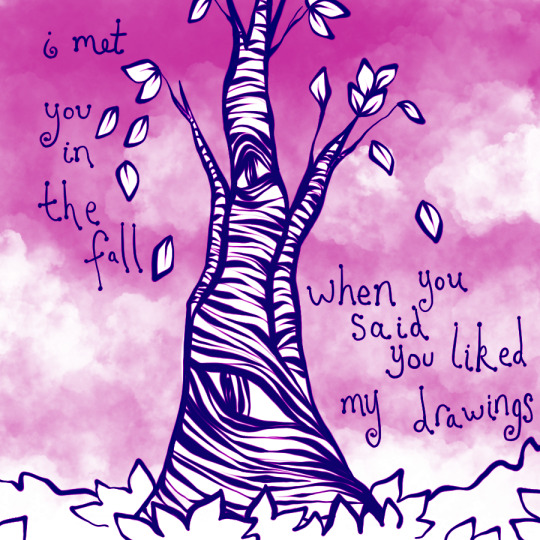
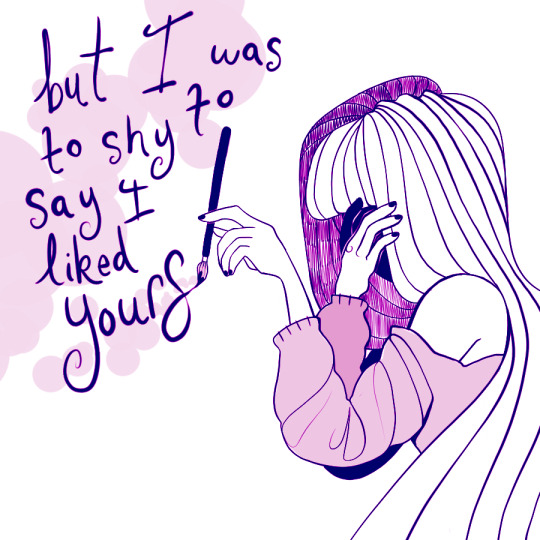



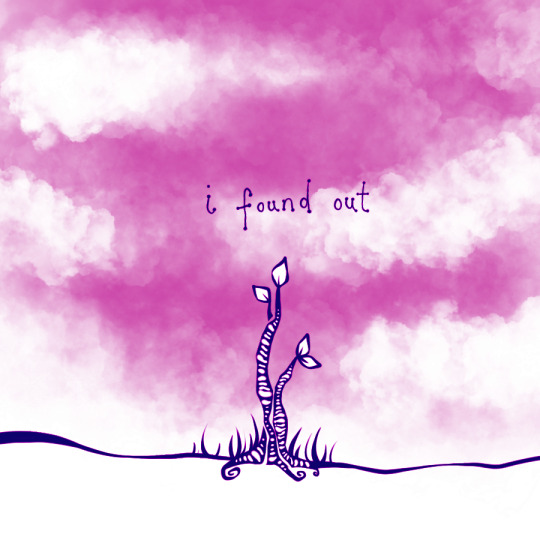

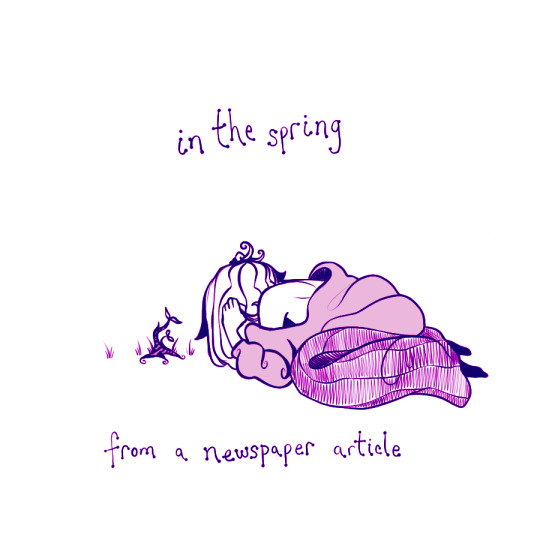
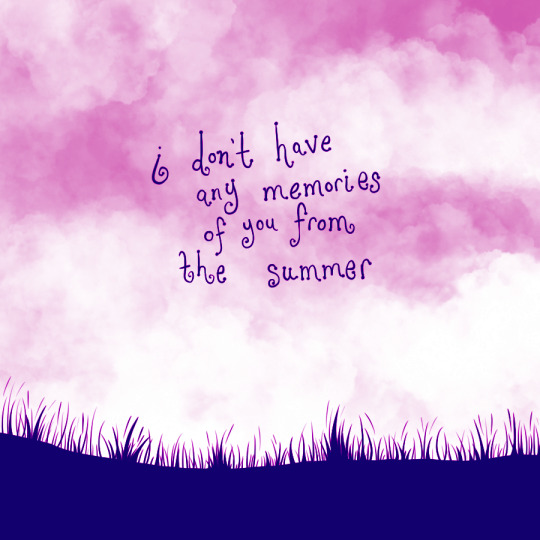
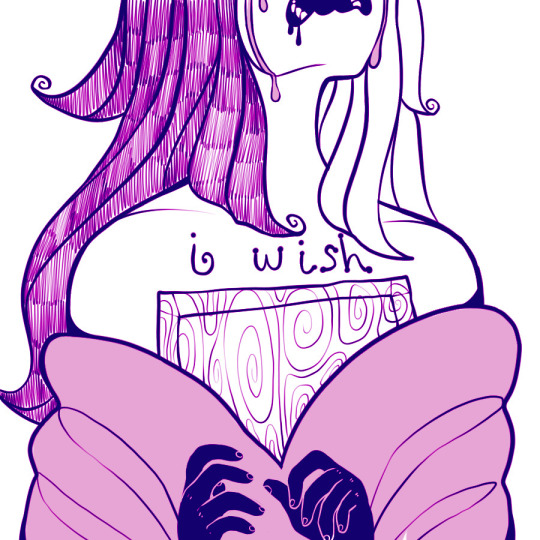



i am not shy anymore, but you are dead.
#comic art#illustration#long post#surreal art#poem#suicide mention#this poem will be 7ish years old come april#i think ive posted part of this comic before but not the whole thing? i could b wrong#the comic itself is a snippet from an even bigger project i just. have never publicly posted#bbut i wanted to post this again bc its important to me#okay thanks for reading my tags
107 notes
·
View notes
Photo
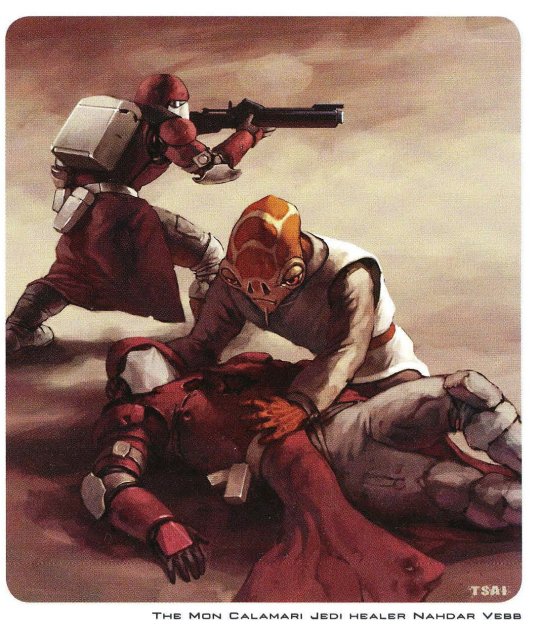





SO WHAT ARE JEDI HEALERS LIKE IN CANON?
The subtitle of this project was literally, “Started making it. Had a breakdown. Bon appetite.” because Star Wars lore is a mess of about five distinctly separate continuities and hardly anything has been devoted to this particular niche of Jedi worldbuilding. I spent a few hours hunting down sources, most of which were just one or two lines, at most a whole entire single paragraph! of information, and not much on how Force healing actually works.
This is fair, primarily the Force is about the emotions the user puts into it, that’s the core, central theme of what the Force means to Star Wars worldbuilding, rather than nitpicking details about hard rules of how it works. Further, the Force isn’t full of hard and fast rules on a bigger scale, it depends on the person, it depends on their mood, it depends on whether it’s a Tuesday or a Friday, because it’s about serving core themes, not about serving a system of magical rules.
That said, here’s what we know of Jedi Healers specifically in canon, both as a group within the Jedi Order and as an ability of the Force. This post will mix together Legends and Disney/Lucasfilm canon, as well as include RPG books that are not meant to be sources of canon, because the whole point of this is to give worldbuilders some tools to start with, should you want! HAVE SOME FUN WITH IT, PICK OUT WHAT YOU LIKE, AND BUILD UP FROM THERE. \o/
KNOWN JEDI HEALERS:
- Rig Nema (Lucas canon, Disney/Lucasfilm canon)
- Stass Allie (Disney/Lucasfilm canon, as a healer)
- Barriss Offee (Legends canon as a healer, Disney/Lucasfilm canon as working with healers)
- Mill Alibeth (Disney/Lucasfilm canon)
- Nahdar Vebb (Fantasy Flight Games canon, as a healer)
- Vokara Che (Legends continuity)
JEDI HEALERS ROLE IN THE JEDI ORDER:
Jedi healers seem to be fairly rare and they were regarded as fairly precious:

(Jedi vs Sith: The Essential Guide to the Force / Legends canon)
Note: In this instance “Old Republic” = prequels era, and while this snippet is Legends, Rhinnal has been mentioned in Disney/Lucasfilm canon in The Rising Storm. In the FFG books, the Jedi established a chapter house on Rhinnal for many patients that was still in use and had been expanded during the prequels’ Jedi Order’s time. So, the Jedi have Halls-of-healing-esque houses on other places beyond Coruscant.
Jedi Healers were regarded as the most sensitive Jedi of all:

(Wild Space / Legends Canon)
JEDI HEALERS’ STRUCTURE:
Rig Nema was a Consular Jedi, which was a Jedi that devoted themselves to the study of a science or diplomacy, where she was a dedicated doctor. Jedi specializing in healing seem to often withdraw from any combat duties, as well as they fall under this specialized role within Jedi career paths.

(The Visual Encyclopedia / Disney/Lucasfilm canon)
In Legends, the Jedi Healers worked with the MedCorps Jedi, as well as the were in leadership roles in the Temple’s infirmary and on worlds like Rhinnal and H’ratth.

(The Jedi Path / Legends canon)
Note: The Service Corps are tricky, because Legends established them just after The Phantom Menace came out, before even the second movie of the prequels had arrived, much less TCW or anything. Which means much of the content that came later had a tendency to contradict itself, as well as they do not exist at all in Lucas’ canon, and they are only mentioned in deeply obscure reference guides in Disney/Lucasfilm canon (and no mention of aging out--which further cannot work the same way, as TCW and Dooku: Jedi Lost establish that 14 year olds are young for Padawans and that 17+ isn’t rare for Padawans), but have never appeared in any book or comic yet. All of which means: Feel free to use them! Source material is a buffet that you get to pick and choose from! But be aware that some things are fundamentally incompatible from one continuity to another, and the Service Corps is a big one of those.
Within the Jedi Order, there was a sub-order of the Knights who practiced healing arts, called the Circle of Jedi Healers:

(The Complete Star Wars Encyclopedia / Legends canon)
“Seated on the Jedi High Council due to her invaluable role as a Jedi Consular, Master Stass Allie is gifted not only in diplomacy and Lightsaber combat, but also Force healing. As a member of the Circle of Jedi Healers and overseer of the Medical Corps, she continues to hone her healing abilities even while deployed as a general for the Galactic Republic in the Clone Wars.”
(Complete list of Force Collection cards / Continuity status unknown, probably Legends as it started in 2013)
Not all Jedi had to be dedicated healers to work with the medical clinic. In Disney/Lucasfilm canon, Barriss Offee often spent time helping injured Jedi, because she found healing to give her solace.
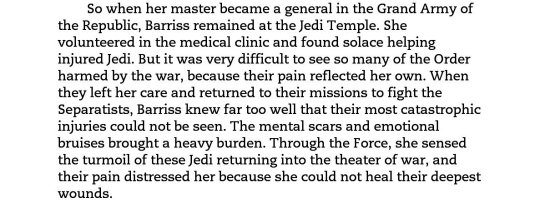
(Stories of Jedi and Sith / Disney/Lucasfilm canon)
Though, in Legends, Barriss was more directly a healer, working under Stass Allie in the Circle of Jedi Healers, where she specialized in disease rather than surgery.

(Star Wars Databank / Legends canon)
Similarly, when Mill Alibeth finds her place within the Jedi Order, at Yoda’s suggestion that she use her abilities for specialized medical and spiritual assistance for war-wounded Jedi, she’s not necessarily Master Nema’s Padawan, it’s not so formalized as that, showing that there’s a lot of flexibility within the Jedi Order’s studies and paths.

(Brotherhood / Disney/Lucasfilm canon)
JEDI HEALERS’ ABILITIES:
While Jedi healers focus on medical training, they also train Jedi in the main components of Jedi philosophy, like greater control and insight. When Mill Alibeth begins training with Rig Nema, she gains greater mastery over herself and the insight she has into Anakin in their meditation together:

(Brotherhood / Disney/Lucasfilm canon)
In addition to Jedi healers being rare, it seems like it was taxing for them to directly use Force healing, because it drained them personally. While much of Kylo’s ability to revive Rey seems to come from that they were a dyad (and this would not be possible with other types of Force Healing, so other Jedi could not do that particular thing), Rey does do some Force Healing, where she must calm herself and center herself to do it properly, and it takes energy from her to accelerate healing.
It’s not much here, she doesn’t need to recover from it, but anything more significant and likely she would have. So, Jedi healers have to be careful about how much they give of themselves when healing others. This is also why Grogu collapses after healing Greef in The Mandalorian.

(The Rise of Skywalker novelization / Disney/Lucasfilm canon)
Another Jedi healing ability is the Healing Trance, which would accelerate their natural healing process. While in this trance, because their heartbeat and breathing slow, they can appear to be dead to others, and they’re unaware of the world around them. Depending on the climate, they can last anywhere from a week to a month within this trance, without outside hydration being given to them.
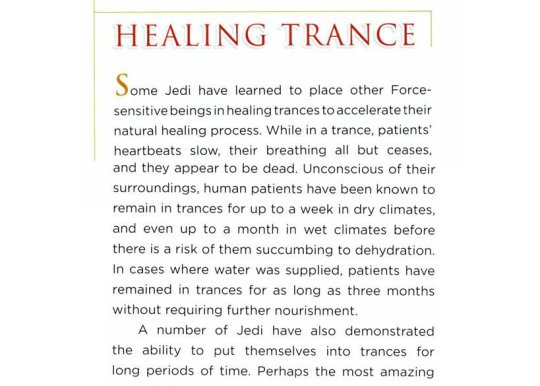
(Jedi vs Sith: The Essential Guide to the Force / Legends canon)
JEDI HEALERS WITH THE FORCE VS TECHNOLOGY:
The Jedi Order of the prequels seems to balance between technology and the Force, that both have their place in healing. In the episode “Voices”, Rig Nema relies on medical scans to show Yoda’s physiology, as well as a tank of dark liquid (either a bacta tank or a sensory deprivation tank, both would be useful for Jedi who need calm and no distractions to connect to the Force) to help him, but it’s balanced with his connection to the Force being plumbed, it’s not focused only on technological means.
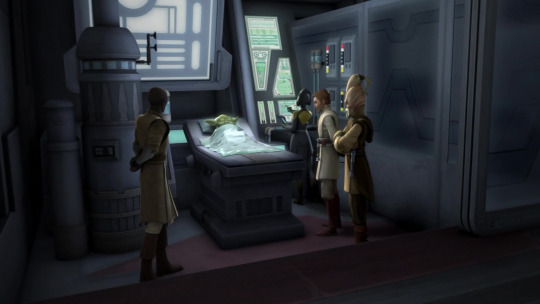


JEDI HEALERS HAVE TO WATCH OUT FOR:
In addition to being extra sensitive, Jedi Healers would be spending time in places that were soaked in pain and suffering, just by the nature of injured people’s anguish. Not only would they face the difficulty of dealing with a patient’s pain directly, Force-sensitive means being psychic, as in that pain literally soaks into the walls around them.

(”The Jedi Who Knew Too Much” / Lucas canon / Disney/Lucasfilm canon)
It’s intense enough in places that have a bad accident and those feelings linger, it’s a hundred times worse in places where people are always in pain or dying. Jedi Healers aren’t just subjected to the person’s suffering that’s right in front of them, but the thousand patients before them that have left their emotional imprint on the walls, the floor, the ceiling, the pillows, the bed, the very air around them.
HALLS OF HEALING/MEDICAL WINGS:
The Medical Center and Infirmary seem to be located about halfway up the left-hand side of the main ziggurat: "Medical center and infirmary, staffed by Jedi Medical Corps.” (Complete Locations | Disney/Lucasfilm canon)
“The Jedi Temple's Halls of Healing were beautiful. They had lofty ceilings and enormous windows that spilled golden light over the blue and green and rose-pink walls and floor. Imbued with the Force's most gentle aspects, with love and nurturing and peace, they were full of perfumed flowers and green growing things, with the music of running water and the vibrancy of life renewed. They were the perfect retreat for those who were broken in body and mind, a place where the ugliness of suffering was washed away.” (Wild Space | Legends canon)
It’s difficult to get a sense of the size of it in The Clone Wars, but it seems to be fairly big, given the diversity of what we see of it, there may be more hard scientific areas and more gentle healing areas, both:
- Obi-Wan’s transformation into Rako Hardeen is in an area with multiple cordoned off areas with doors that can be fogged over. (The Clone Wars | Lucas canon , Disney/Lucasfilm canon )

Likely the same area in the episode “Voices”, it seems like it’s in an area of the Temple that’s a hallway away from windows facing the outside. (The Clone Wars | Lucas canon, Disney/Lucasfilm canon)

Anakin and Mace share a recovery room, which has a different style from the other infirmary rooms, done in different colors and with softer lighting, indicating that they have gentler recovery rooms versus the active medical problem areas
It has a window looking out over Coruscant, indicating that it’s near the edge of the ziggurat, likely an area for less critical patients and meant to promote healing. (The Clone Wars | Lucas canon, Disney/Lucasfilm canon)
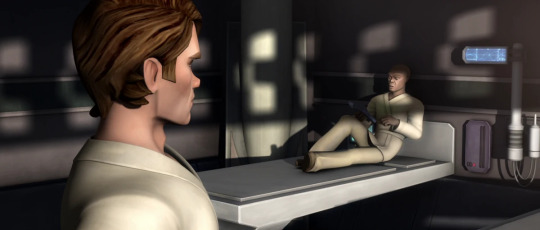
Yoda is put in the infirmary in an area that looks to be the same area, but also has a separate area for a bacta tank, which seems to be at least possibly similar to the same area Depa was in when she was submerged in bacta.
When Anakin walks into the room (and later he and Yoda walk out), we see what looks like sky through a window in the background of the outside hallway, possibly indicating this was near the edge of the ziggurat as well. (The Clone Wars | Lucas canon, Disney/Lucasfilm canon)(Kanan: The Last Padawan | Disney/Lucasfilm canon)
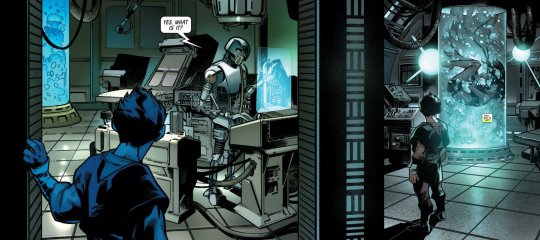
#jedi order#jedi healer#jedi infirmary#jedi temple#halls of healing#meta#reference#long post#really long post
963 notes
·
View notes
Text
Tabula Idem
edited by Iris Jay and Hye M
What it is: The full title is Tabula Idem: a queer tarot comic anthology. And that’s what it is, with a short comic for each of the Major Arcana. Some stories are more fantastic, some are closer to scifi, each one of them is gorgeous.
Why it’s on this list: This collection has 22 stories, all of them featuring queer characters. You have girls in love, boys in love, trans characters both binary and nonbinary. Characters defying what’s expected of their gender, alone or with a lover. It really does capture the spectrum of identities that our community has to offer.
Where you can find it: You can purchase the book or the ebook at their gumroad, and you can also find more information about the editors, the project, and the contributors on their blog @tabulaidemanthology.
Full List of the Contributors
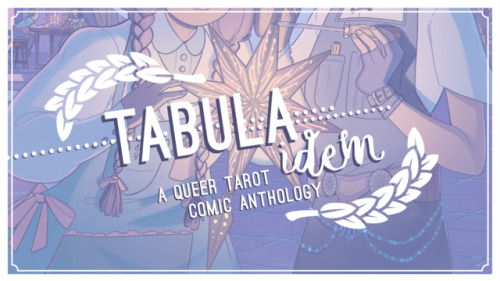
Sometimes, a book sits on your shelf, waiting for you to need it.
That’s exactly what happened with the comic anthology Tabula Idem.
You know it’s the right time to read something when you’re crying only a few pages in. Even the introduction had my heart aching.
“The history of queerness is a history of adaption, of using creativity and community to flourish.... We design our own destinies, and then fight to protect and realize them.”
- Iris Jay, from the Introduction
With some anthologies, I am tempted to read them out of order, flipping around until something catches my eye. It is rare that I sit down and read one from front to back, but like the Major Arcana itself these anthology transitions expertly from one story to the next, each story building on the one that came before it. It was an experience, and a journey, which really speaks to how successful they were in keeping to their theme. I laughed, I cried, and I even caught myself repeating lines out loud just so I could hear them spoken.
It is very obvious that this project was put together when it was, because there is a defiance and a hopefulness in these pages. These characters face first meetings and the threat of a goodbye, they stare down evil and their own anxieties. And to watch these characters overcome, find their own versions of a triumph, is so powerful.
“Maybe it’s nice to imagine that things can be different... But they’re not really. But I think it’s okay to feel a bit helpless... Because I’m not alone, and never will be. You’re still the same... No matter what, I love you.”
- from XII The Hanged One, by Alain Helmers
You don’t have to understand Tarot to enjoy the symbolism of each story. At the beginning of each story you’re given a few lines of what the card means, and each story is capped by a beautiful tarot card featuring the characters of the story, in full colour.
Have I mentioned yet just how beautiful this book is? Not just the stories, but the whole book. So well done.
If I start trying to go in detail about each story, this will get ridiculously long, so I’ll just give you a bit of a taste from each. A coffee shop meetcute between two different kinds of artists. A dreamt connection turned tangible. An empath and their potion-making partner falling in love. A coming-of-age journey. A knight and their charge. Two lovers remembering together. A chariot racer and his carpenter. Two art thieves and a scandal. A light being restored. A ghost arcade and a new friend. A big move. A change in perspective. A necromancer and a transformation. Two rival gang members working together. Rio De Janeiro, 1927. “Fear holds no power over me for I am at peace and I am loved.” A scientist in space realizing there is always something more to discover. Magic and realizations in the rain. The winter solstice. Music and a burning conversation. And to finish off the collection, a merman shows a newcomer a new world.
Anthologies are often tricky, because there are always stories we like more or less and ones we wish were longer and ones we could have done without. I’ve never read an anthology that was this cohesive, where each story really did feel like part of a bigger whole that was the path this collection was leading us down.
It was the perfect thing to read at one am after a few days of feeling directionless. If you like comics, short stories, tarot, or if any of the little snippets above grabbed your attention, I highly recommend you get your hands on this anthology and give it a read.

- from XIV Temperance, by Lin and Capp
Reading Tabula Idem? Let us know what you think! And if you’re looking for more great queer content, reminder that this is Day 7 of 365 queer reviews, one for each day of 2018. You can find all the reviews here.
#tabula idem#anthology#comic#comic anthology#wlw#mlm#trans character#nonbinary character#boys in love#girls in love#more tags to be added
70 notes
·
View notes